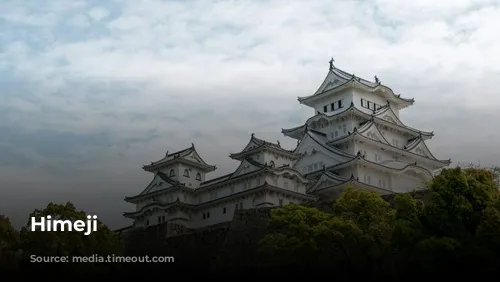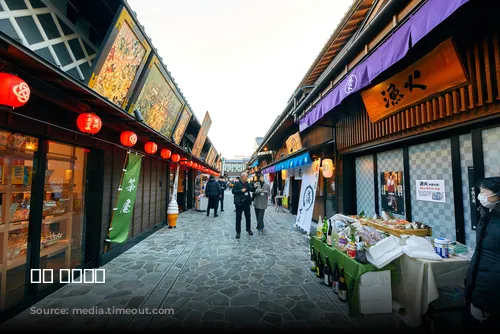Japan’s allure continues to attract travelers, with recent figures revealing visitor numbers surpassing pre-pandemic levels. The Japan National Tourism Organization (JNTO) reported a 9.6% increase in May 2023 compared to May 2019, marking the third consecutive month with over 3 million visitors. This surge in tourists has brought a welcomed boost to the local economy, with Reuters reporting a staggering ¥5 trillion in visitor spending for 2023 alone.
This section details the increase in visitors to Japan and its impact on the economy.

Navigating the Surge: Balancing Tourism and Local Concerns
However, the influx of travelers has also presented challenges. Businesses and attractions, overwhelmed by the sheer number of visitors, are grappling with the need to manage the strain on resources. To address the rising costs due to inflation and a weakening yen, some businesses are adjusting prices, while others are exploring more controversial solutions to manage the influx of tourists.
This section addresses the challenges faced by businesses and attractions due to the high number of visitors.

Price Adjustments: From Mountain Climbs to Castle Entrances
Several examples illustrate this evolving landscape. Mt. Fuji, a popular climbing destination, has implemented a ¥2,000 fee for climbing the Yoshida Trail, in addition to a voluntary ¥1,000 donation for conservation. The prefecture has also imposed a daily limit of 4,000 climbers to manage the crowds.
This paragraph details the new fee implemented for climbing Mt. Fuji and the limit imposed on daily climbers.
Himeji Castle, a UNESCO World Heritage Site, is considering a two-tiered pricing system for admission. While the current adult admission fee stands at ¥1,000, the mayor of Himeji proposes lowering the price for local residents and raising it for international tourists to ¥4,000. This move aims to offset the maintenance costs already borne by local taxpayers.
This paragraph discusses the two-tiered pricing system being considered for Himeji Castle and its rationale.
Restaurants and Entertainment: A Balancing Act of Affordability and Demand
Restaurants in popular tourist areas are also feeling the pressure. Nadai Fuji Soba, known for its budget-friendly ¥500 meals, has revamped its menu to feature dishes priced up to ¥2,300. The restaurant manager attributes this shift to the need to alleviate staff strain in a high-traffic area where turnover is high.
This paragraph highlights the price adjustments made by Nadai Fuji Soba and the reason behind them.
New developments, like the Toyosu Senkyaku Bandai complex, are adopting a premium pricing strategy to meet demand. However, such high prices might discourage local customers. To retain local clientele, some businesses are introducing two-tier pricing on their menus, offering discounts to Japan residents.
This section details the pricing strategies adopted by new developments and the measures taken to retain local customers.
Looking Ahead: A Fee for Overnight Visitors?
Osaka, anticipating the influx of visitors for Expo 2025, is exploring a fixed fee for overnight tourists, in addition to the existing accommodation tax. This potential fee, if approved, could be implemented in April 2024, just before the Expo.
This paragraph discusses the potential implementation of a fee for overnight visitors in Osaka leading up to Expo 2025.
The increasing cost of tourism in Japan is a developing story, reflecting the delicate balancing act between welcoming visitors and managing the impact on local resources and prices. As the number of tourists continues to rise, we can expect to see more innovative solutions to ensure a sustainable and enjoyable experience for everyone.
This conclusion summarizes the evolving landscape of tourism costs in Japan and its impact on both visitors and locals.

